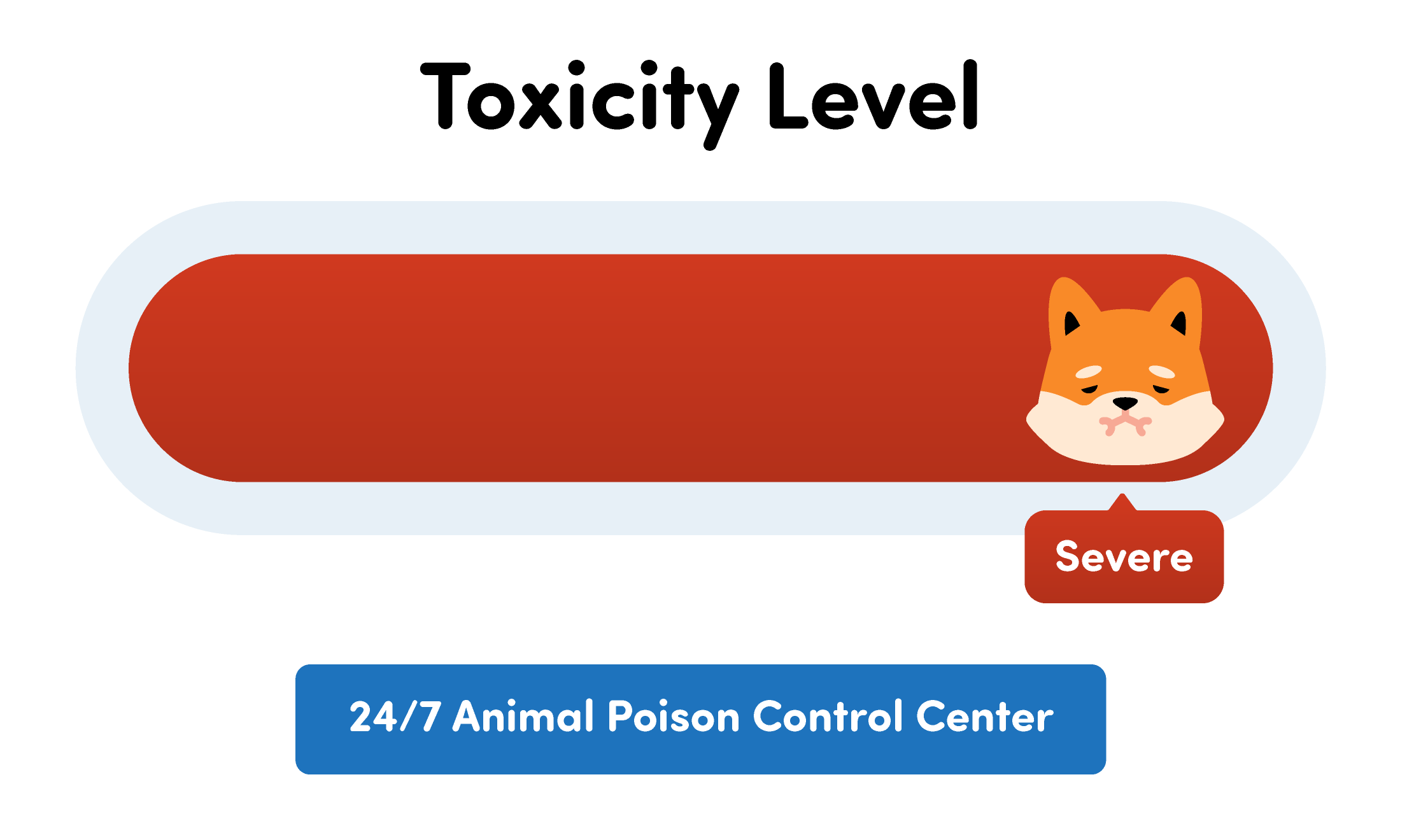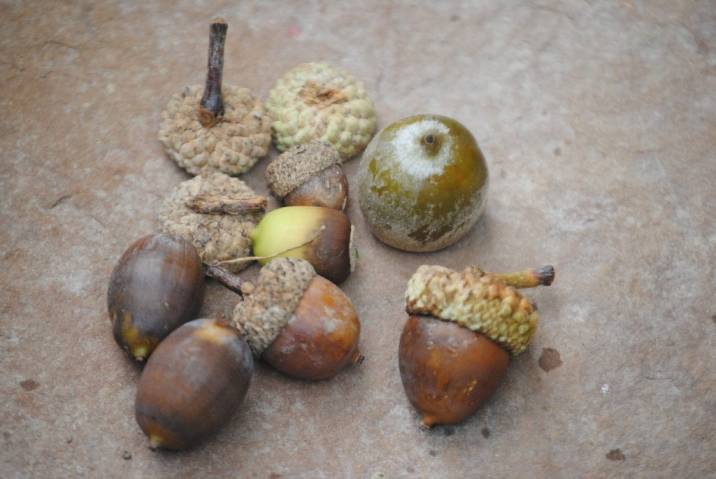Fleas are a constant problem when you have a dog. They go together and it can’t be helped. When your dog goes outside, the fleas hop on. For this reason, many people buy flea collars for their dogs to wear. They can be quite effective at killing and repelling fleas. However, flea collars can be dangerous for dogs.
Connect with a verified veterinarian in minutes. Licensed vets are available 24/7 to answer your questions. No need to worry about your furry family member.
What is a Flea Collar?
A flea collar is a collar that’s been treated to kill fleas and possibly ticks. When a flea collar is made, the plastic resin of the collar is mixed with insecticides. On the dog, the insecticide in the collar works to kill and repel fleas for 3 months or longer.
What Makes Flea Collars Dangerous?
Flea collars can be dangerous due to the chemicals in the collars and the residue left behind on your fur baby. Studies have shown that the insecticides left by the collars can be harmful to your dog. They can also be dangerous for you and your kids.
In addition, if the flea collars are not put on correctly, it’s possible a dog or puppy could pull the collar off. Once it’s off, the dog or puppy could chew on the collar and become poisoned. They could also eat the collar and be poisoned by the insecticides it contains. Unfortunately, there have been several instances where these situations have taken place.
The US Environmental Protection Agency (EPA) wants to give its oversight of pet flea collars to the FDA (US Food and Drug Administration). The EPA feels that the FDA has more resources to put toward ensuring pet flea collars are safe for pets and their families.
The insecticide is safe as long as it only sits on the skin. If ingested, it can be toxic.

Review symptoms, medications & behavior to keep your pets healthy with a Vet Online in just minutes.
Ask a Vet Live NowFlea Collar Poisoning in Dogs
This is a real problem—one that’s more common than you’d think. If the collar isn’t put on correctly, it’s possible for a puppy or dog to wriggle it off and start chewing on it. It’s even possible the dog could swallow a part of the collar, or the entire thing. The insecticide is then ingested and then poisons the dog.
Insecticides used in flea collars can cause serious health issues including neurological problems.
Steps to Take If Your Dog’s Eaten a Flea Collar
First, it’s essential to remain calm. Staying calm keeps your dog calm and allows you to better assess the situation before calling the vet.
Next, check to see if your dog still has the collar in his mouth, and remove any collar pieces you may find there.
Does it look like he’s eaten the entire collar? If not, how much of the collar did he eat, if any? Is your fur baby showing any symptoms?
Is he gagging or having difficulty breathing? If so, these symptoms may indicate your dog is choking. This is an emergency, and you need to get your fur baby to the vet ASAP.
If your dog seems to be OK, note down the answers to the above questions and call the vet.
Symptoms of Flea Collar Poisoning in Dogs
You may notice these symptoms if your dog is suffering from flea collar poisoning:
- Depression
- Diarrhea
- Vomiting
- Weakness
- Unable to control body movements
- High or low body temperature
- Low blood pressure
- Constipation
- Depression
- Urinary incontinence
- Dilation of the pupils
- Gastric dilatation
- Excessive drooling
- Loss of appetite
- Seizures
If your dog is showing any of these symptoms, it’s time to call the vet. This could be a life-threatening medical emergency. Be sure to let the vet know the brand of the flea collar (if possible).
Treatment of Flea Collar Poisoning in Dogs
After you reach the vet’s they may induce vomiting, which helps your dog to rid the insecticide from his system. If your dog is not conscious or alert, the vet may not use this method, as it can be dangerous. Your dog could aspirate the vomit and develop pneumonia. Instead, the vet may use activated charcoal, which binds the poison in the intestines, to keep it from being absorbed.
The vet may also start IV therapy and your fur baby may need to be treated for other symptoms that may be present. The vet may also order x-rays to see where the collar is located in the stomach or intestines. If the collar is still in your dog’s system (meaning it didn’t come out with the vomit), then the vet may be able to perform an endoscopic procedure to remove it. Otherwise, your dog may need surgery to remove the collar safely.
With fast treatment, most dogs fully recover from flea collar poisoning. However, it can take time in some dogs, depending on how much of the poison made it into his system, his age, health, and more. If you’re worried about using flea collars on your dog in the future, be sure to ask the vet if there are other products they can recommend. They may know of a safer option for your canine companion.
Connect with a verified veterinarian in minutes. Licensed vets are available 24/7 to answer your questions. No need to worry about your furry family member.

Kyoko
Kyoko is from a family of 3 and moved to New York with her parents and siblings when she was 13. Kyoko is fond of spending a great amount of time with pets, specifically her beagle Luna and cat Missy. Her boyfriend often complains that she spends too much time giving attention to their animals. Kyoko has written dozens of articles concerning pets and is aiming at owning a pet shop one day!
Review symptoms, medications & behavior to keep your pets healthy with a Vet Online in just minutes.
Ask a Vet Live Now




